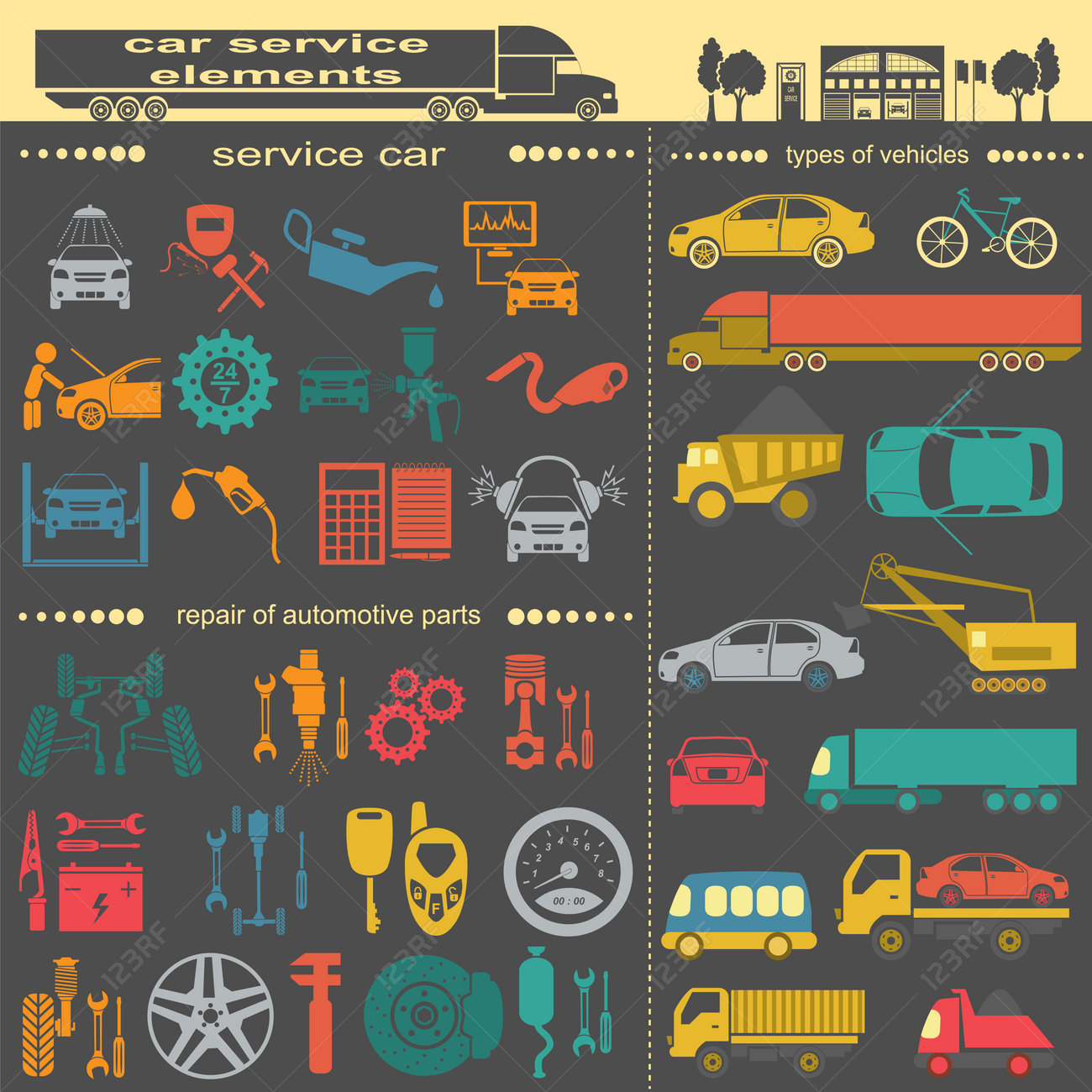Comprehending Your Auto'S Warning Lighting: What Do They Truly Mean?
Comprehending Your Auto'S Warning Lighting: What Do They Truly Mean?
Blog Article
Created By-Lim Shepherd
When you're behind the wheel, those radiant caution lights on your control panel can be a little bit bewildering. Do you know what they're attempting to inform you about your auto's health? Understanding the importance of these lights is essential for your safety and security and the durability of your vehicle. So, the next time among those lights pops up, wouldn't you wish to decode its message precisely and take the needed actions to address it?
Common Caution Lighting and Interpretations
Recognize typical caution lights in your vehicle and understand their definitions to make sure safe driving.
One of the most common warning lights include the check engine light, which signals concerns with the engine or discharges system. If this light comes on, it's crucial to have your automobile inspected quickly.
The oil pressure alerting light shows low oil pressure, needing immediate interest to stop engine damages.
A blinking battery light might suggest a faulty billing system, potentially leaving you stranded otherwise attended to.
The tire stress surveillance system (TPMS) light informs you to reduced tire stress, influencing lorry stability and fuel efficiency. Ignoring this could result in hazardous driving problems.
The ABS light suggests an issue with the anti-lock stopping system, endangering your capability to stop swiftly in emergencies.
Lastly, the coolant temperature level advising light warns of engine overheating, which can cause extreme damages otherwise resolved swiftly.
Comprehending these usual caution lights will aid you attend to concerns promptly and preserve risk-free driving problems.
Significance of Prompt Focus
Comprehending the common warning lights in your automobile is just the first step; the relevance of quickly attending to these cautions can't be stressed sufficient to guarantee your safety and security on the road.
When a warning light brightens on your control panel, it's your vehicle's means of connecting a prospective issue that requires focus. Neglecting these cautions can bring about extra severe issues in the future, compromising your safety and security and potentially costing you more in repairs.
Prompt focus to advising lights can prevent break downs and accidents. For example, a blinking check engine light might show a misfire that, if left neglected, can trigger damage to the catalytic converter. Resolving paintcorrectionnz without delay can conserve you from an expensive fixing.
Similarly, linked internet page warning light might signal reduced brake fluid or worn brake pads, important parts for your safety and security when driving.
DIY Troubleshooting Tips
If you see a warning light on your control panel, there are a couple of do it yourself fixing suggestions you can try prior to seeking professional aid.
The primary step is to consult your vehicle's handbook to recognize what the particular caution light suggests. Sometimes the problem can be as straightforward as a loosened gas cap setting off the check engine light. Tightening up the gas cap may settle the issue.
One more typical concern is a reduced battery, which can set off numerous alerting lights. Inspecting the battery connections for deterioration and guaranteeing they're protected may fix the issue.
If a warning light continues, you can try resetting it by separating the car's battery for a couple of minutes and then reconnecting it. In addition, inspecting your car's liquid degrees, such as oil, coolant, and brake fluid, can assist troubleshoot cautioning lights related to these systems.
Verdict
In conclusion, recognizing your cars and truck's warning lights is crucial for maintaining your lorry running efficiently and safely. By without delay resolving these alerts and understanding what they imply, you can stay clear of pricey repair services and potential break downs.
Bear in mind to consult your automobile's guidebook for specific information on each cautioning light and act appropriately to make sure a trouble-free driving experience.
Keep notified, stay secure on the road!
